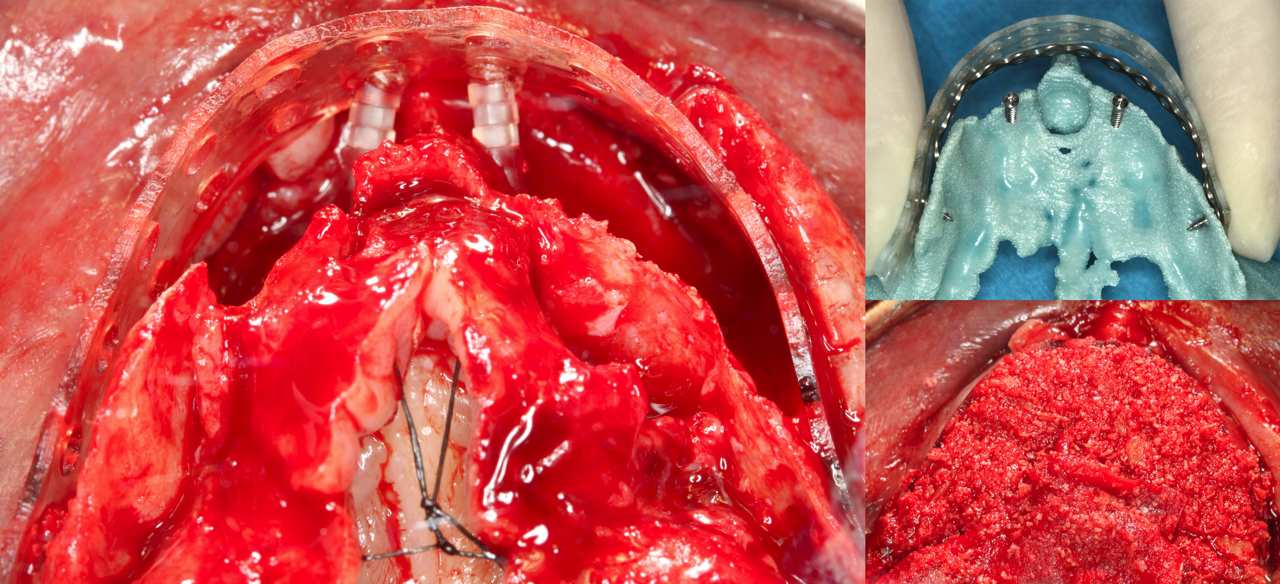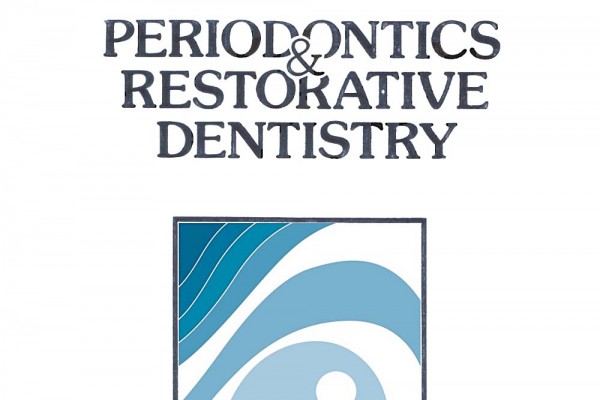Lateral Sinus Floor Elevation in the Severely Atrophied Maxilla: Concentrated Growth Factors Versus Bone Substitutes. A Controlled Clinical Trial
Mauro Merli, MD, DDS1 | Marco Moscatelli, DDS2 | Marco Merli, DDS2 | Giorgia Mariotti, DDS2 | Umberto Pagliaro, MD, DDS3 | Michele Nieri, DDS, PhD3
The present study clinically and radiographically compares the outcome of implants inserted in maxillary sinuses augmented with concentrated growth factors (CGFs) or demineralized bovine bone matrix (DBBM) in a one-stage lateral approach. In 20 patients with a residual bone height of 1 to 4 mm, lateral sinus floor elevation was performed, using CGFs or DBBM as the sole grafting material, with simultaneous implant placement. Outcome variables were implant and prosthesis failures, complications, subjective satisfaction, and radiographic changes in marginal bone level (MBL) 12 months after surgery. The patients were consecutively recruited: 10 to the CGF group and 10 to the DBBM group. No implant failed in either group at 12 months postsurgery, and there were no complications. There was no statistically significant difference in MBL change between the CGF and DBBM groups (difference of –0.3 mm, favoring the CGF group; 95% confidence interval [CI]:
–0.8 to 0.2; P = .18). There was no statistically significant difference in satisfaction (difference of 0.2, favoring the CGF group; 95% CI: –0.2 to 0.6; P = .29).
Within the limitations of the present study, the lateral sinus floor elevation performed with the use of CGFs as the sole grafting material showed implant survival rates and marginal bone level changes comparable to DBBM grafting.
Int J Periodontics Restorative Dent 2022;42:65–72. doi:10.11607/prd.5509



